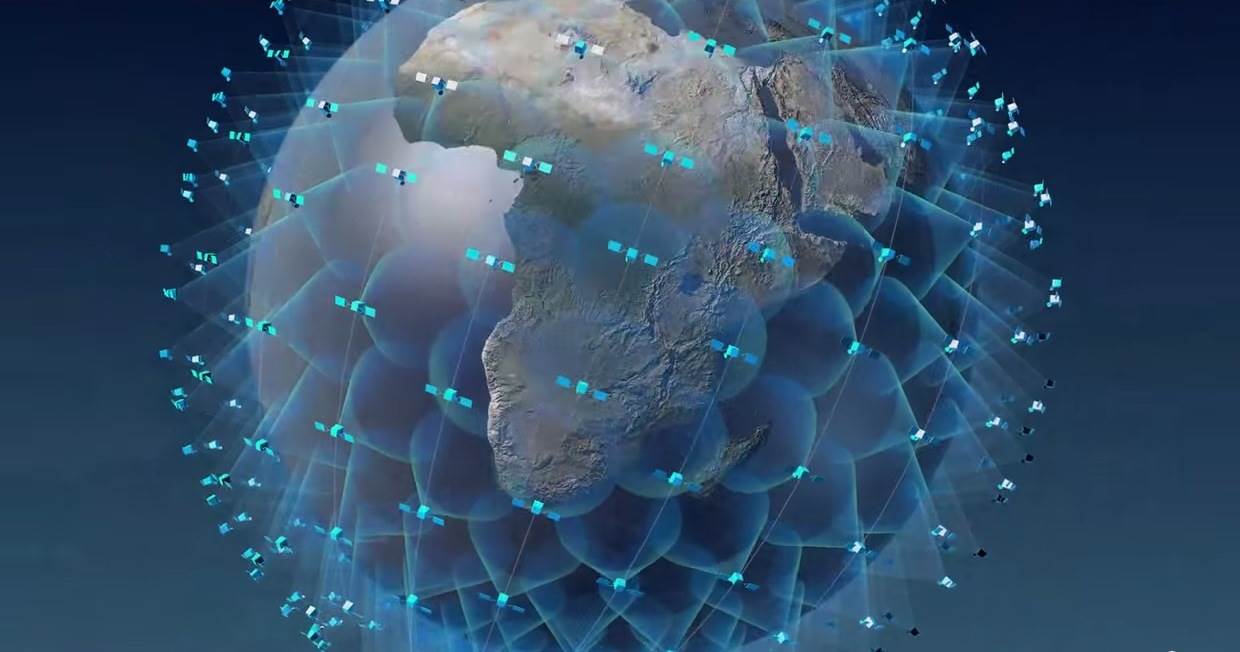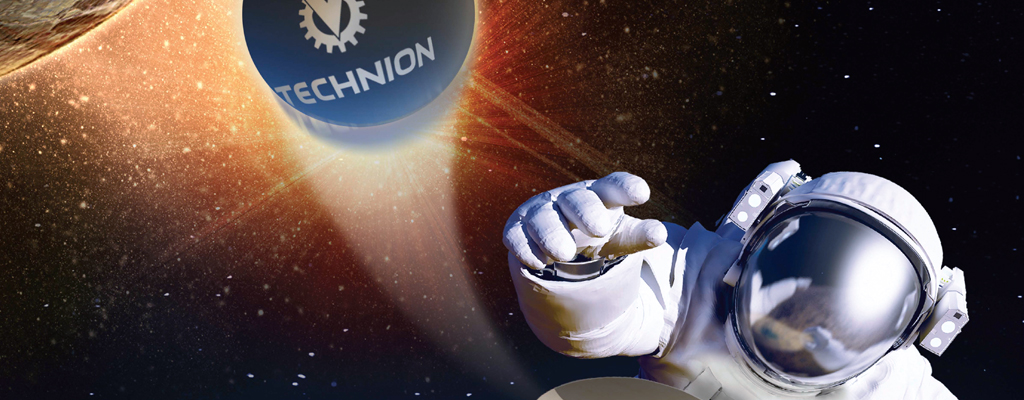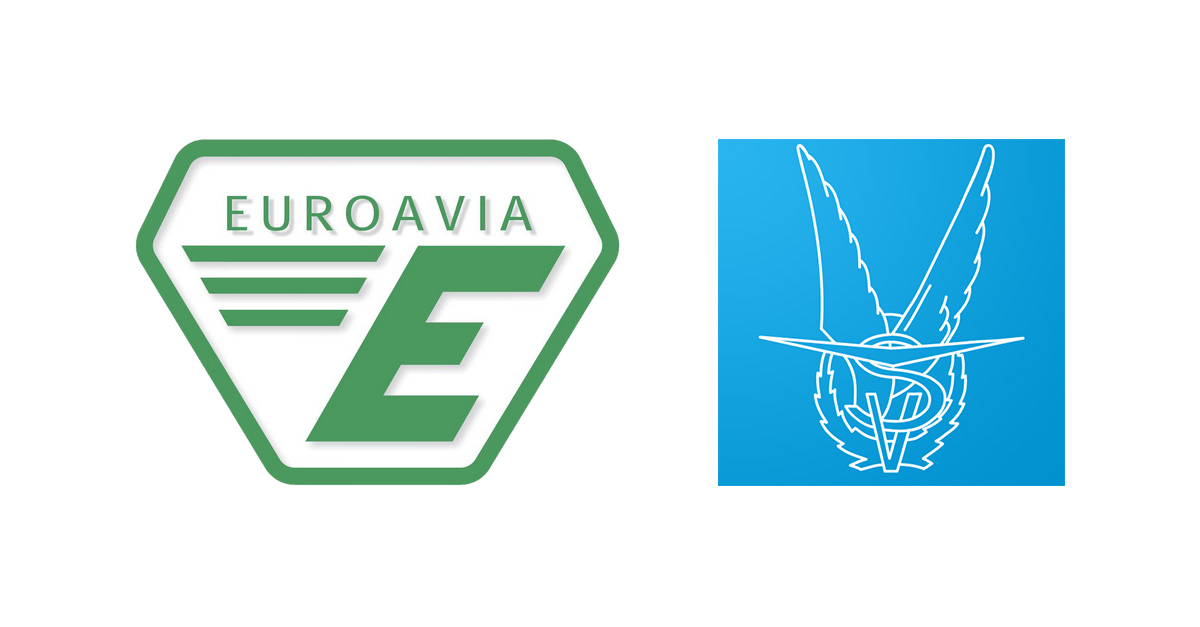
“Globalstar satellite phones are the only way many of them can make a quick call to family back home, letting them know they have arrived safely. We have seen people forgo medical treatment for the opportunity to use a satellite phone; these communications are really helping people in the most desperate need.” says Evert Bopp, founder of Disaster Tech Lab.
Read that again. Let it sink in. “We have seen people forgo medical treatment for the opportunity to use a satellite phone.”
Since earlier this year, Globalstar has been providing satellite phones and Spot handheld messengers to improve the efficiency of Disaster Tech Lab’s operations. Disaster Tech Lab is providing and supporting rapid response communication networks in the Greek island of Lesbos, at the heart of the European refugee crisis. And cellular coverage in Lesbos is virtually non-existent, as is the terrestrial telecom infrastructure. Nor is it the only such place. Satellite networks play a crucial role here, being the only reliable communications system available.
Globalstar is a satellite constellation in Low Earth Orbit (LEO) launched in 1997, around the same time as the Iridium satellite constellation, launched by Motorola. Both these constellations have been in the LEO, with the aim of providing voice and data coverage to satellite phones, anywhere in the world. And to a certain extent, they’ve succeeded so far. They aren’t the only ones either.
Suffice it to say then, that the concept of communications satellite constellations in LEO is nothing new.
The idea of a satellite itself first reached out to a mass audience when an article, ‘Extra-Terrestrial Relays: Can rocket stations give world-wide radio coverage?’ was published in an obscure magazine, Wireless World, in October 1945. Written by a relatively unknown writer at the time, Arthur Clarke, the paper speculated upon his views of using the technology behind World War machines for peaceful purposes in the post war era. He made a futuristic argument for the deployment and existence of what we now call communication satellites. Arthur Clarke was an optimist and a visionary, believing in the capacity of technology to empower society. 70 years hence, the term ‘Clarke orbit’ is synonymous with geostationary orbits – which is where the bulk of today’s communications and broadcast satellites exist.
Twenty years after his publication, Intelsat in 1965 became the first satellite network infrastructure – and it revolutionized the way the world communicated, spawning entirely new markets that only boosted the global economy. And this was only the beginning. Enter Teledesic.
“Teledesic was formed in June of 1990 - almost six years ago - with the objective of creating a means of providing affordable access to advanced network connections to all those parts of the world that will never get such advanced capabilities through existing technologies.”
This was an introduction to the proposed LEO satellite network by Teledesic, in 1996 - a hauntingly similar vision to that of today’s LEO satellite constellations for internet, most notably, OneWeb. And Teledesic was only the best known then. Many others existed at different stages of development, with broadly similar plans to launch satellites into LEO for high-speed data services – Celestri, Skybridge and Ellipso, among others.
Most of these systems never got past the design stage, save a few demonstration satellites, and were eventually killed at the turn of the century. The dot-com bust dried up their reserves, and many were sent into filing for bankruptcy. It has been more than a decade since, and much has changed in the industry. Moore’s Law has only been reaffirmed through the years – today’s computing capabilities are a far cry from what existed in the early 90s. And with the NewSpace movement riding the waves, the industry is abuzz with commercial ventures serving many different markets, existing and emerging.
The most significant result of technological advancement in this arena has been the reduction of costs. The cost of satellite deployment has reduced significantly, and so have the launch costs. LEO satellites also have the obvious advantage of having much lower launch costs, as compared to the larger satellites at higher altitudes. In addition, fibre-optic cables are easier to install than before, even in extreme environments such as the ocean floor.
Access to the internet is now being proclaimed a human right . Like it or not, we live in interesting times. Nobody clearly understands the nature of the internet, and its role in the future of society yet. Or rather, there has been no satisfactory articulation of the same yet – be it from private enterprise, the non-governmental research institutions, the public policy makers, or the end consumers themselves.
2015 has seen a sudden growth spurt in attempts to provide internet to the billions. The industry has been hit with a barrage of announcements from different stakeholders.
But how does all of this bode for us?
“Connecting the world is one of the fundamental challenges of our time. Connectivity isn’t an end in itself, but is a powerful tool for change.”
Mark Zuckerberg made a noble sounding cause for Internet.org last year, describing it as a global effort to make affordable basic internet services available to everyone in the world. Facebook has gone ahead to partner with Eutelsat, to launch a new satellite, AMOS-6 to provide internet access to parts of Sub-Saharan Africa. Most recently, the same initiative has been deployed across India in partnership with Reliance Communications.
Elon Musk, he of the larger than life persona behind SpaceX and Tesla, also ushered in his own satellite constellation plans, with 4000 satellites. In one video , Musk provided a basic outline of SpaceX’s plans for the development of a satellite manufacturing facility. He also said, quite straightly, that this venture is mainly driven by a need to generate cash, by grabbing a small portion of the new market that would open up from having such a constellation in place. Cash that would fund SpaceX’s primary mission – the colonization of Mars. Recently though, SpaceX downplayed these efforts for global broadband internet connection, stating that the project remains speculative, pending a deeper assessment of its business case.
Most of the industry has agreed that Greg Wyler is the man to watch out for. Hitherto unknown to those outside the satellite industry, he has “been there, done that”. With his newest venture, OneWeb, he has plans for a 640 satellite constellation in LEO. From laying fibre optic cables in the trenches in Africa, to founding O3BNetworks, a name in homage to the ‘Other 3 Billion’ that did not have internet access at the time, his is a mission of making the ‘World Wide’ in ‘World Wide Web’ actually a reality. So far, this is the constellation that has come closest to fruition – earlier this year, OneWeb announced a partnership with Airbus to produce these satellites. But we are still far from actually seeing them deployed.
Another little known constellation proposal comes from what seems to be an unlikely corner – Samsung. In a research paper titled ‘Mobile Internet from the Heavens’, Farooq Khan, President of Samsung Research America, proposed a 4600 micro-satellite constellation. But, at the moment, this remains just that – a research paper.
Once we move away from a fixation on satellites, we see all other kinds of technologies being developed towards the same end goal – that of connecting the world. Most visibly, Project Loon – stratospheric balloons that will encircle the globe, beaming down internet service to everyone. Google recently partnered with local internet providers in Indonesia to deliver LTE connectivity to Indonesia’s unconnected population.
“Occasionally getting out of communications range is healthy for all of us; but if it’s part of your daily life and you don’t have access to the information and the ability to communicate with people important to you that’s a real disadvantage.” says Sergey Brin.
One can get enthralled by these ambitious goals. Connecting everyone is an important step in the right direction, of course, but internet connectivity is only a small part of the problem. To make any kind of substantial impact here, one would need technology that can actually work, a way of delivering this technology effectively and efficiently, and a means of reaching all of the end users. From what we have seen so far, the focus seems to be on creating the technology and approaching the problem from various angles – which is good, giving scope for new markets to emerge - satellites in LEO, MEO, HEO and Clarke orbit, solar powered planes, stratospheric balloons, metamaterial antennas and so on. On the other hand, many of the underserved populations that OneWeb and Google Loon intend to cater to, also have other problems to contend with - access to basic electricity, for one thing. The electricity that lets them plug into the broader networks. Infrastructure on the ground in these remote regions then, becomes crucial in ensuring the technology actually reaches the people, the users at the end of the customer chain.
What will be important is how this can play out – there is enough space in the market for different solutions at different stages of the connectivity graph to coexist. In a sense, there is a need to make this about the internet of people, rather than the internet of things.








